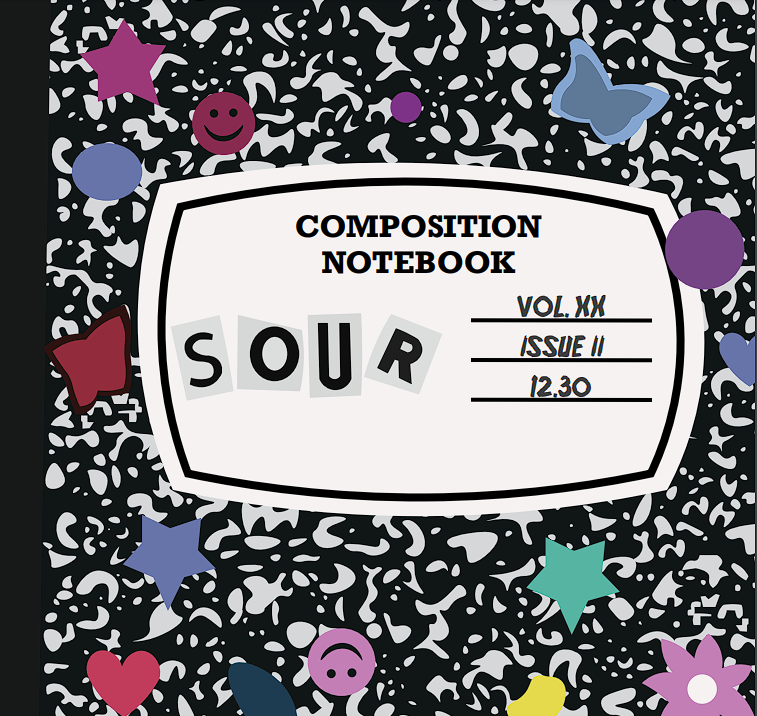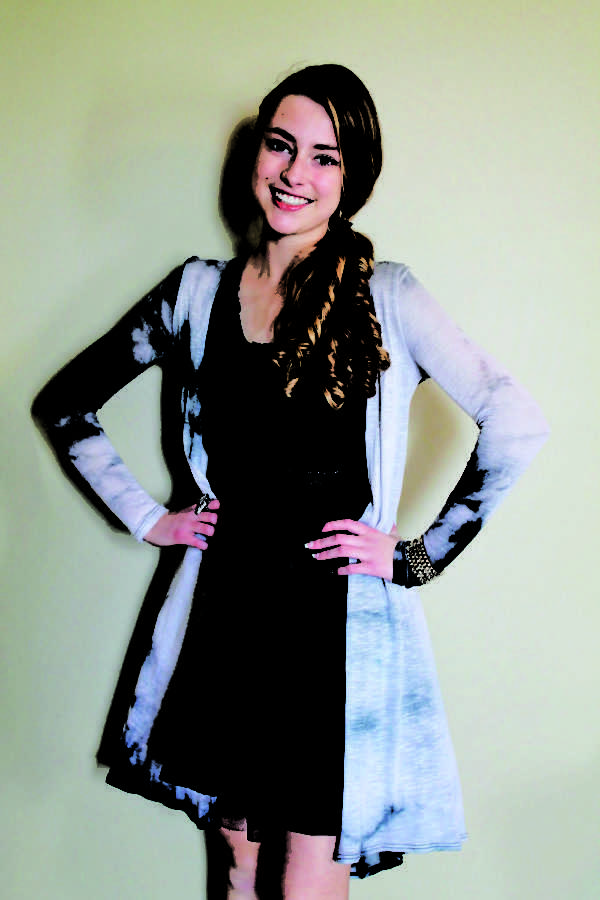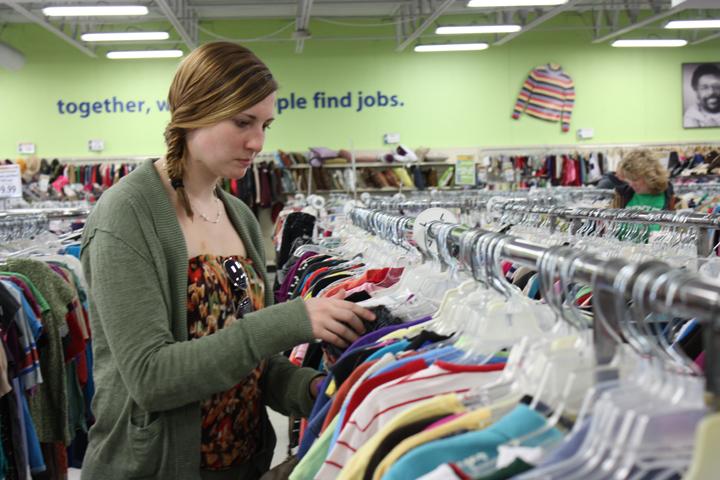If you happen to pick up a current fashion magazine, you may notice that the top runway trends for Spring 2014 fashion include pastel colors, iridescent fabrics, art-inspired prints, full skirts — as well as environmentally friendly fashion.
While fashion is typically quick to pick up on societal trends, it has been relatively slow to adopt environmentally friendly practices. However, an up-and-coming grassroots movement that advocates eco-fashion is promoting consumer awareness and gradually transforming the fashion industry’s outlook on sustainability. 
Leah Miller, fourth-year fashion & textiles student and senior, said from the perspective of both a fashion designer and a consumer, she has witnessed the increased focus on eco-fashion initiatives.
Miller said, “There’s been a lot of emphasis on sustainability and interest in environmentally safe practices in all fashion-wide production and sales. I’ve seen a lot more emphasis in the past year.”
Overdressed, a book released in February 2013, is one of many recently published articles documenting the damaging effects clothing production has had on the environment. According to Sass Brown, author of the 2010 book Eco Fashion documenting sustainability in fashion, industry professionals and consumers alike have been inspired by these articles to be more environmentally conscious.
“I think Overdressed is one of many books, articles, publications, activist undertakings and recent news events that have drawn wider attention to the unsafe and unhealthy conditions involved in garment manufacture,” Brown said. “The increase of designers’ interest in ethical and ecological design spans all tiers of distribution, and increased consumer awareness is due to the plethora of books, websites, blogs and campaigns.”
Fashion’s Effect on Society
In the last decade, fast fashion stores that mass-produce cheap and trendy clothing, such as Urban Outfitters and Forever 21, have become ubiquitous in society. These fast fashion stores are negatively impacting the attitudes of consumers in the United States.
Hazel Clark, research chair of fashion at Parsons The New School for Design, said that fashion is more focused on fleeting trends rather than lasting quality nowadays.
“Negative consequences (of fast fashion) can be that clothing are treated as consumables that are bought to be thrown away, rather than kept, creating greater waste,” Clark said.
Due to the impermanence of trends in fashion, clothing rapidly fades out of style, and fast fashion’s desire to capitalize on these trends before they fade results in waste and pollution.
Miller said, “The fast turnover (of trends) in fashion and the large scale production from stores is not really necessary, and the pollution and everything we’re doing is over the top. It’s way more than is necessary (to satisfy consumers).”
Additionally, Timo Rissanen, assistant professor of fashion design and sustainability at Parsons The New School for Design, said that fast fashion has also had adverse effects on developing countries. Fast fashion is reliant on cheap labor from third-world countries to quickly mass-produce trendy clothing. But, on April 24, 2013, a garment factory collapsed in Bangladesh, resulting in over 1,100 deaths and raising concerns on the working conditions of garment workers.
Rissanen said, “The garment factory building collapse in Bangladesh and the loss of over 1,000 lives is almost an inevitable consequence of the relentless pursuit for economic growth. So are the use of child slave labor in the cotton fields of Uzbekistan and the suicides by cotton farmers in India.”

Green Design
According to Miller, the fashion teachers at CHS advocate sustainable practices whenever and wherever possible.
Miller said, “Our teachers are really big on trying to be self-sufficient and us making the most of our materials.”
Beside listening to her fashion teachers and utilizing her materials carefully, Miller said she goes the extra mile to ensure environmentally-friendly practices when working on designs.
“I buy more environmentally-friendly fabrics because it’s sometimes worth it to spend a little more. When you buy fabrics and supplies, you can check and see where they’re made,” Miller said. “Because that’s the thing with a lot of fashion sales, they still use developing countries to do production, so it’s not necessarily environmentally friendly or human health friendly.
“I try to make sure I get cleanly produced fabrics or things from cleanly produced companies.”
However, despite her eco-fashion efforts, Miller said she still notices that some of her classmates are not environmentally conscious. She said she wishes they would realize that being sustainable is simpler than it seems.
“I think people should realize how easy being environmentally friendly is. Because not only is buying environmentally-friendly fabrics (easy), but it’s really easy to recycle what you use or just be efficient with how you use (it) because I feel like we’re really wasteful,” Miller said. “You don’t necessarily have to spend the extra money, just be careful with what you’re actually using.”
Consumer Advice
Clark said that consumers can be environmentally conscious by being more cautious about their clothing purchases.
“Buy less and be creative with what you purchase. Fashion is about individuality nowadays, so it offers a wealth of opportunities,” Clark said. “Be a mindful consumer, whatever and wherever you purchase. Try and find out what you are buying. Vintage and thrifting are great too, as are companies like Eileen Fisher which offer mending services.”
As Clark mentioned, buying gently used clothing is a sustainable approach. Consumers can reduce their environmental footprint by recycling and reducing waste. Examples of these stores in Carmel include The District Exchange and Goodwill.
While Miller said that she is a fan of vintage and thrift shopping, she notices that some of her peers have negative views of the practice.
“I feel like people look down on it because they’re not getting what’s new, but things cycle back into style,” Miller said. “So, keep an open mind when shopping because you can find something you wouldn’t think is there, and it’s not necessarily hard or difficult or as out of style as you think it is.”
However, despite gradual progress regarding eco-fashion in the past year, Miller said in order to significantly benefit the environment, the fashion industry needs to continue to push for consumer awareness and try to make sustainability mainstream.
“I feel like people aren’t aware of their options or what’s out there, so if we put a greater emphasis on it in fashion, people will be more aware and more willing to try to be more sustainable.”












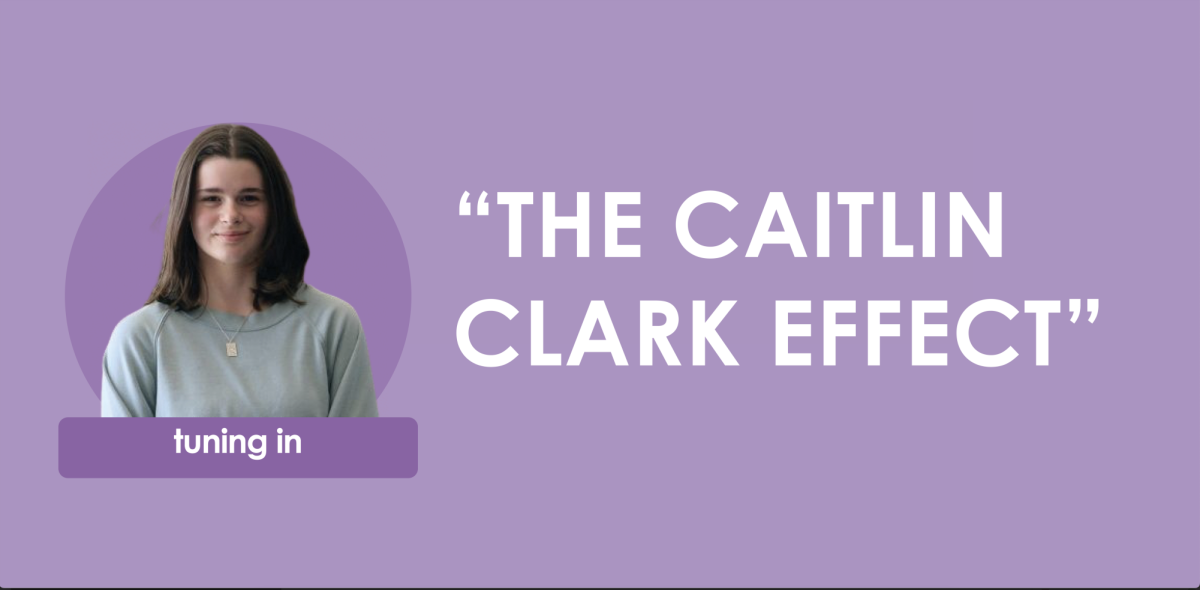




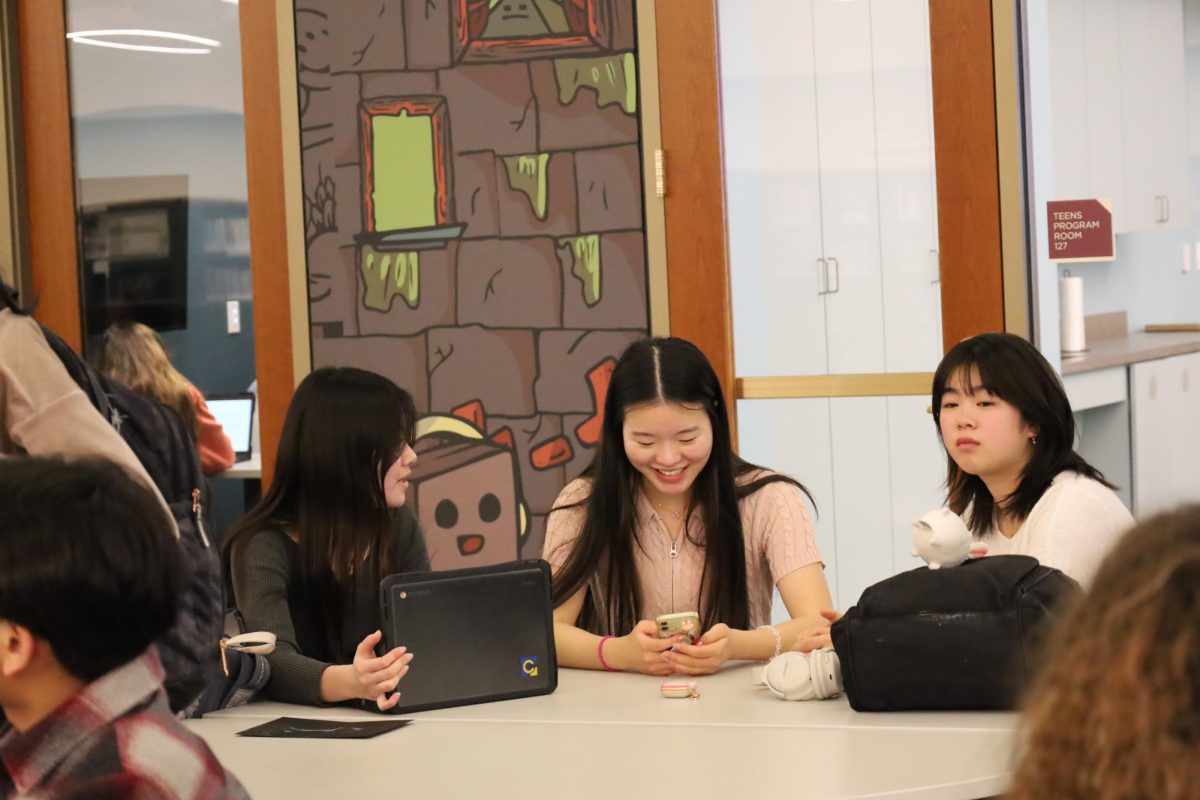












![Family vlogger controversy, need for content reform [opinion]](https://hilite.org/wp-content/uploads/2024/05/Screenshot-2024-05-14-11.33.37-AM-1200x465.png)






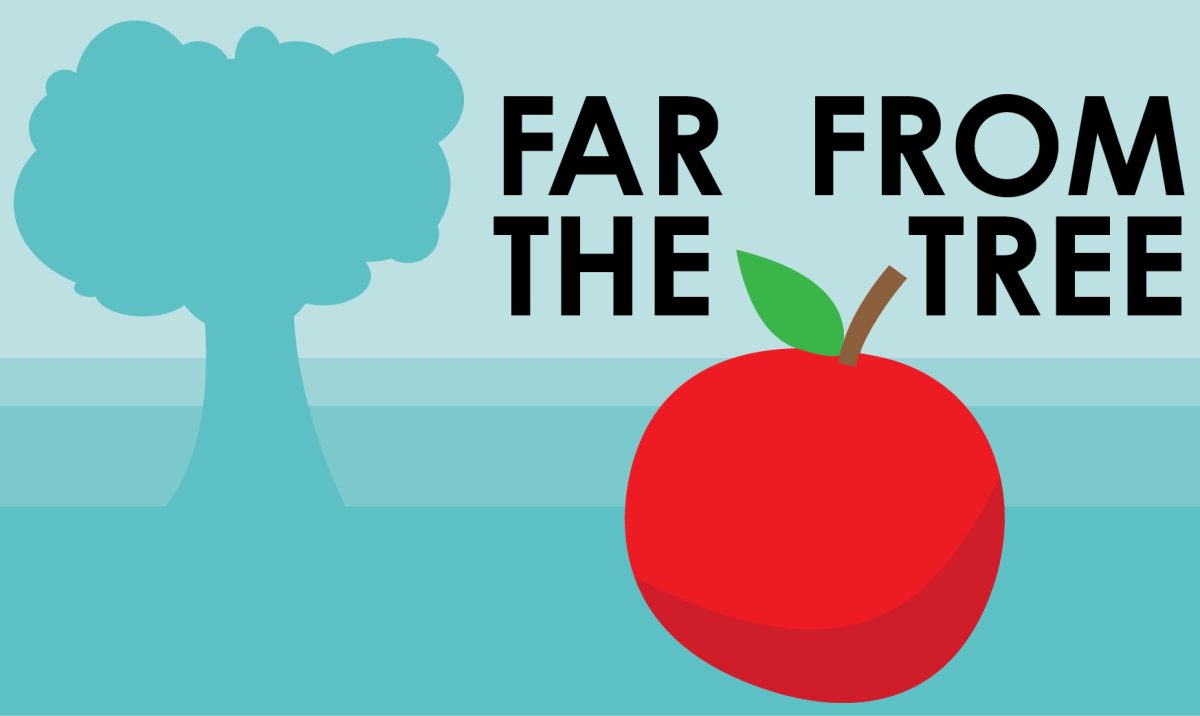
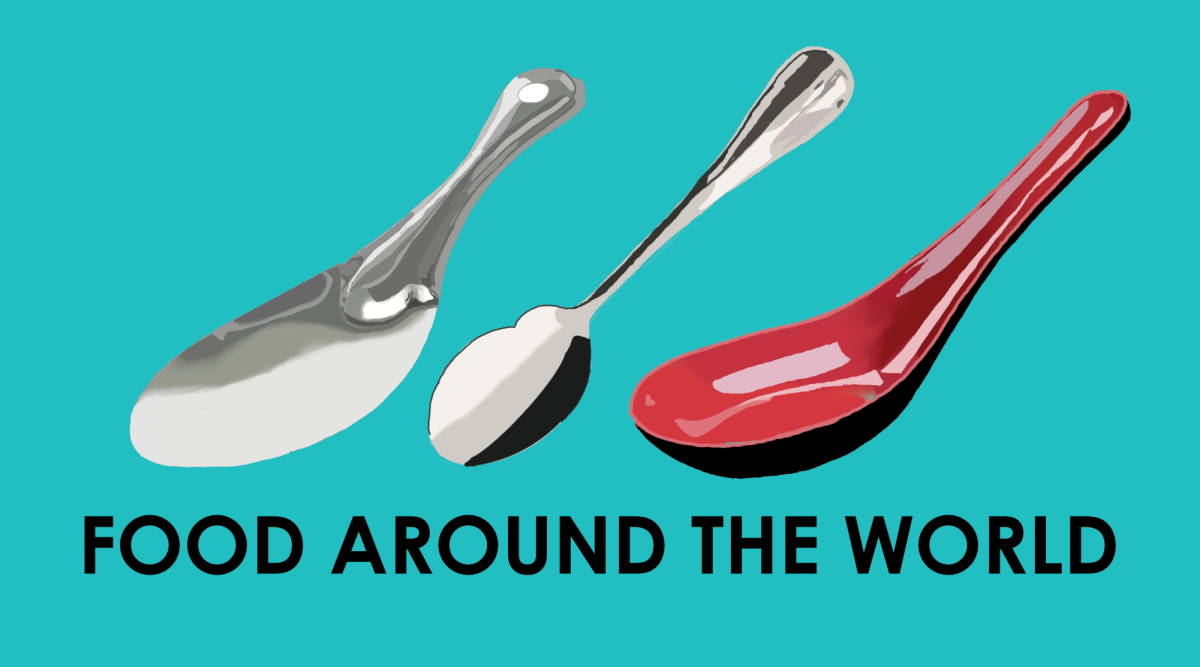




















![Review: Taylor Swift’s new album The Tortured Poets Department is not her best work but is still a brilliant album [MUSE]](https://hilite.org/wp-content/uploads/2024/05/The-Anthology_Cover-1200x675.webp)
![Review: Challengers does it all [MUSE]](https://hilite.org/wp-content/uploads/2024/05/challengers-poster-1200x600.png)
![Review: A House of Flame and Shadow by Sarah J. Maas was a disappointing read [MUSE]](https://hilite.org/wp-content/uploads/2024/05/house-of-flame-and-shadow-feature.png)
![Review: Conan Gray’s new album, “Found Heaven”, is a refreshing twist on modern music [MUSE]](https://hilite.org/wp-content/uploads/2024/05/Screenshot-2023-10-31-at-16.01.05.webp)
![Review: “Bodies, Bodies, Bodies” is the quintessential Gen-Z movie [MUSE]](https://hilite.org/wp-content/uploads/2024/05/Screenshot-2024-05-15-140618.png)
![Review in Print: Maripaz Villar brings a delightfully unique style to the world of WEBTOON [MUSE]](https://hilite.org/wp-content/uploads/2023/12/maripazcover-1200x960.jpg)
![Review: “The Sword of Kaigen” is a masterpiece [MUSE]](https://hilite.org/wp-content/uploads/2023/11/Screenshot-2023-11-26-201051.png)
![Review: Gateron Oil Kings, great linear switches, okay price [MUSE]](https://hilite.org/wp-content/uploads/2023/11/Screenshot-2023-11-26-200553.png)
![Review: “A Haunting in Venice” is a significant improvement from other Agatha Christie adaptations [MUSE]](https://hilite.org/wp-content/uploads/2023/11/e7ee2938a6d422669771bce6d8088521.jpg)
![Review: A Thanksgiving story from elementary school, still just as interesting [MUSE]](https://hilite.org/wp-content/uploads/2023/11/Screenshot-2023-11-26-195514-987x1200.png)
![Review: When I Fly Towards You, cute, uplifting youth drama [MUSE]](https://hilite.org/wp-content/uploads/2023/09/When-I-Fly-Towards-You-Chinese-drama.png)
![Postcards from Muse: Hawaii Travel Diary [MUSE]](https://hilite.org/wp-content/uploads/2023/09/My-project-1-1200x1200.jpg)
![Review: Ladybug & Cat Noir: The Movie, departure from original show [MUSE]](https://hilite.org/wp-content/uploads/2023/09/Ladybug__Cat_Noir_-_The_Movie_poster.jpg)
![Review in Print: Hidden Love is the cute, uplifting drama everyone needs [MUSE]](https://hilite.org/wp-content/uploads/2023/09/hiddenlovecover-e1693597208225-1030x1200.png)
![Review in Print: Heartstopper is the heartwarming queer romance we all need [MUSE]](https://hilite.org/wp-content/uploads/2023/08/museheartstoppercover-1200x654.png)






















![Review: “Ginny & Georgia” is a dramatic and poorly made emotional rollercoaster–and I loved it anyway [MUSE]](https://hilite.org/wp-content/uploads/2024/03/ginny-and-georgia-season2-main-be37bbb9487a41e88b3f66c3baacd5c3-300x177.jpg)
![Review: Witch Hat Atelier is a masterpiece in art and world-building, but the story has only begun [MUSE]](https://hilite.org/wp-content/uploads/2024/01/unnamed-211x300.png)
![Review: “Mysterious Lotus Casebook” is an amazing historical Chinese drama [MUSE]](https://hilite.org/wp-content/uploads/2024/03/0-300x170.webp)
![Review: “A Little Life” by Hanya Yanagihara is the epitome of a heartwrenching masterpiece [MUSE]](https://hilite.org/wp-content/uploads/2024/01/unnamed-5-300x200.png)


